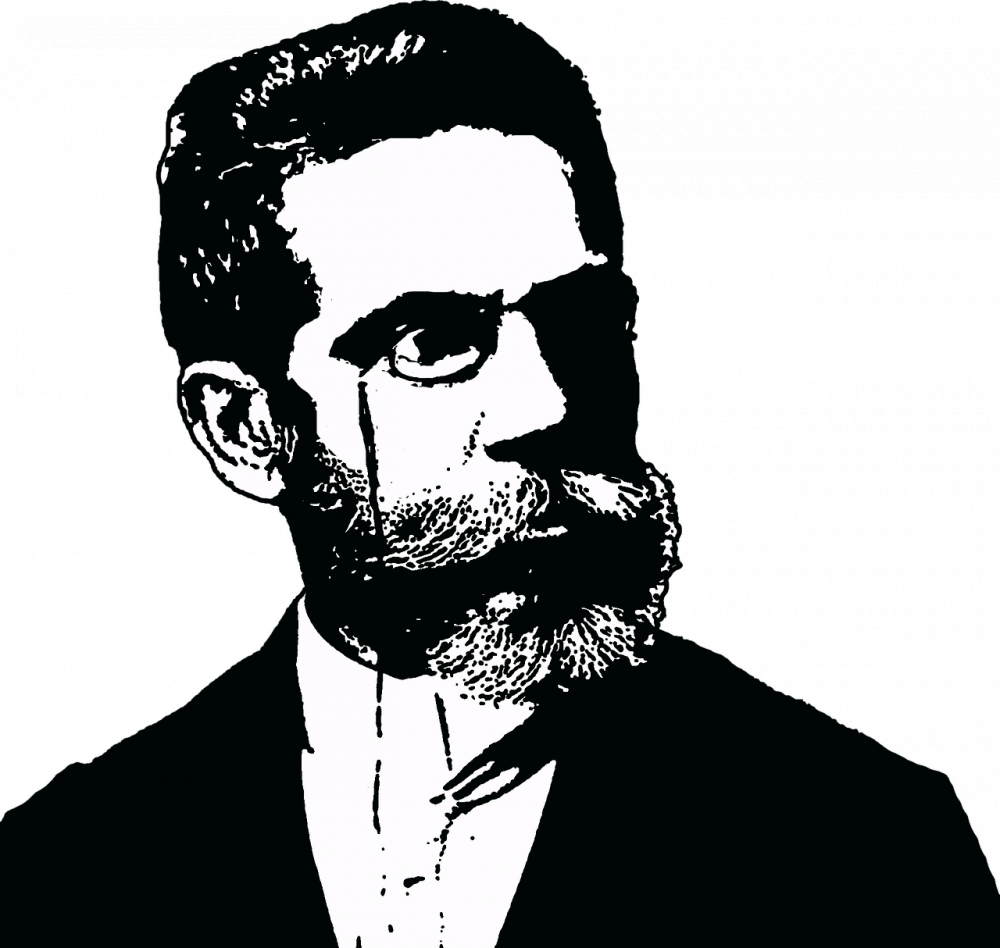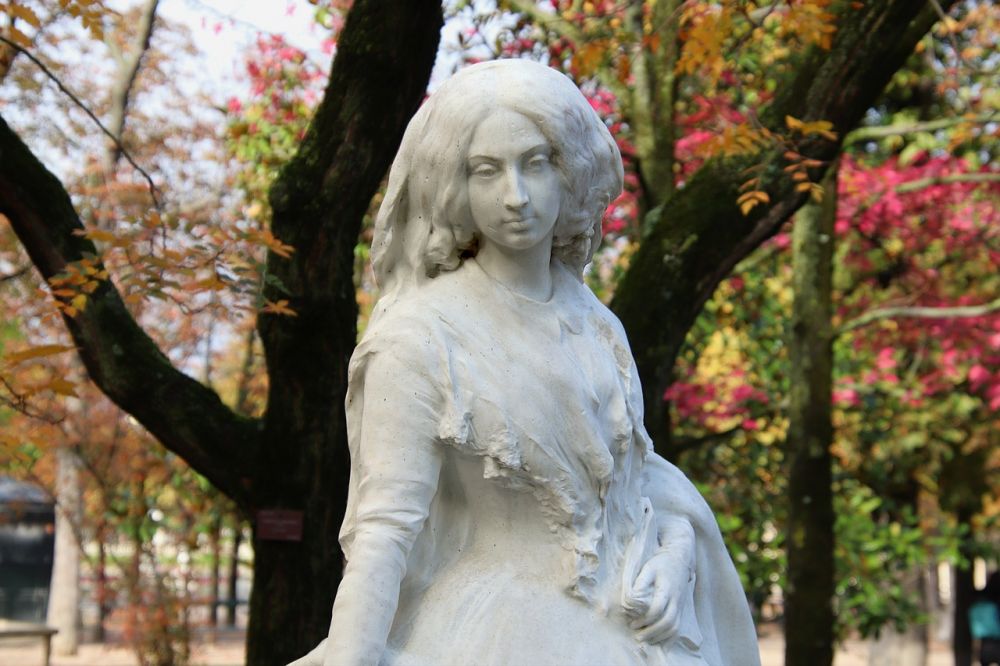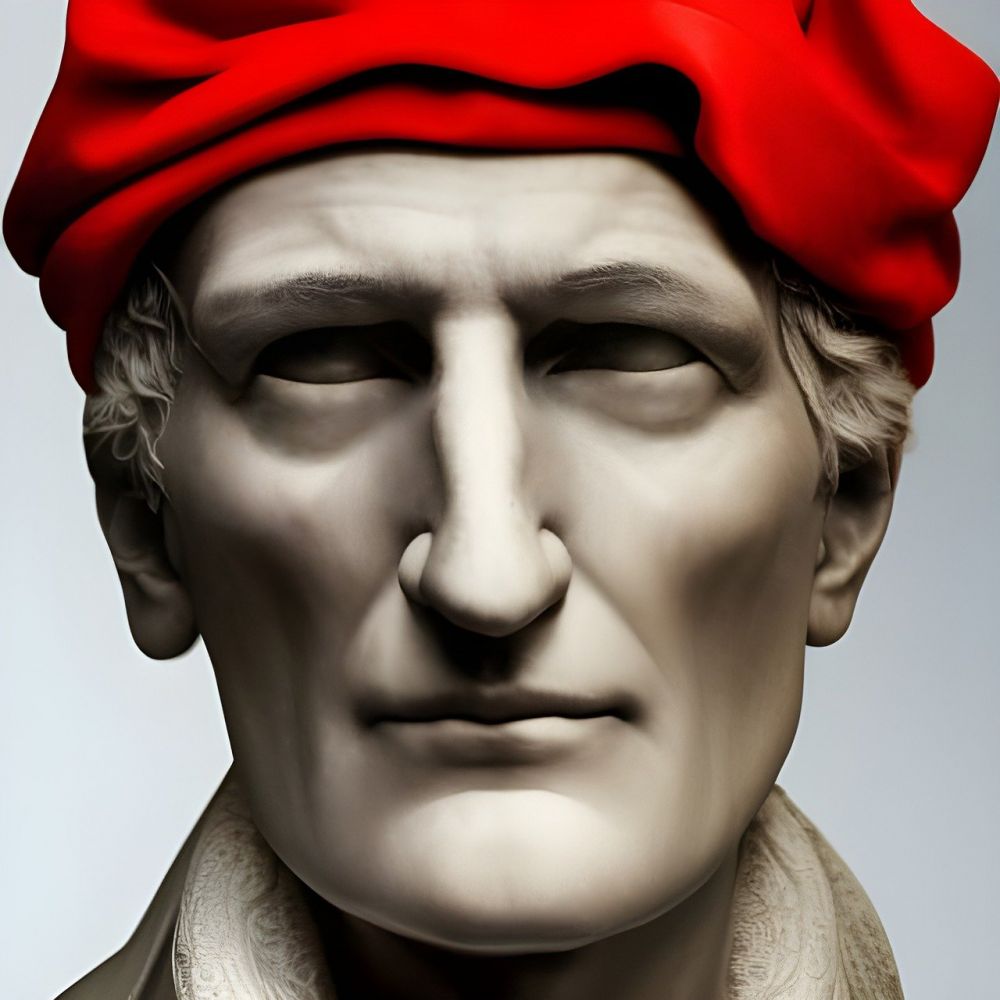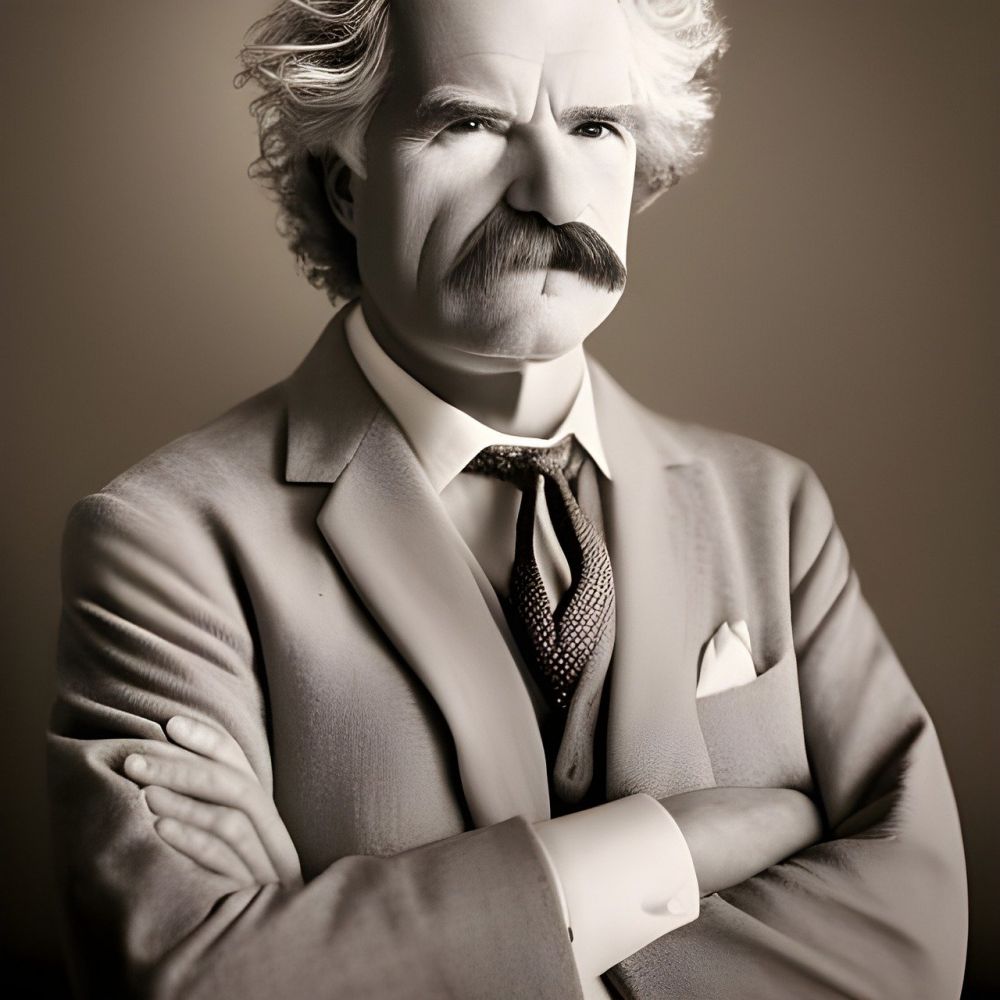Jane Austen film: A Journey through Time and Emotions

Introduction:
Jane Austen, a celebrated British author of the 19th century, has left an indelible mark on literature with her intricate storytelling and compelling characters. Her works have inspired numerous film adaptations, captivating audiences worldwide. In this article, we will delve into the world of Jane Austen film adaptations, exploring the significance and evolution of these cinematic gems.
1. Understanding Jane Austen Film Adaptations:

Jane Austen’s novels, such as “Pride and Prejudice,” “Sense and Sensibility,” and “Emma,” offer a delicate blend of romance, societal commentary, and wit. These timeless themes have made her works a treasure trove for filmmakers to explore. Jane Austen film adaptations transport viewers to a world of ballrooms, corsets, and strict societal norms, while delving into the complexities of love and social class.
a. Capturing the Essence of Austen’s World:
Jane Austen’s stories often center around strong-willed heroines navigating a society that restricts their freedoms. Film adaptations strive to recreate the vivid settings and relationships depicted in Austen’s novels. From the grand estates of the landed gentry to the modest abodes of the less privileged, meticulous attention to detail brings Austen’s world to life.
b. Complex Characters and Enduring Themes:
Austen’s characters are multi-dimensional, reflecting the intricacies of human nature. Their flaws, desires, and internal struggles resonate with audiences, making them relatable even in modern times. Film adaptations aim to capture the nuances of these characters, portraying their growth, conflicts, and, ultimately, their triumphs.
2. Historical Evolution of Jane Austen Film Adaptations:
Since the birth of cinema, Jane Austen’s novels have been adapted for the screen countless times. The history of these adaptations reveals how different eras have interpreted Austen’s works and evolved the storytelling techniques.
a. Early Film Adaptations:
The first known adaptation of Austen’s work was a silent film titled “Pride and Prejudice” in 1905. These early adaptations faced technical limitations and restricted runtimes, often condensing intricate plots. However, they laid the foundation for future renditions, sparking public interest in Austen’s stories on the silver screen.
b. Iconic Television Series:
In the late 20th century, television adaptations gained popularity, offering longer runtimes and more comprehensive storytelling. The 1995 BBC miniseries “Pride and Prejudice” starring Colin Firth as Mr. Darcy became an instant classic, introducing a new generation to Austen’s world. This adaptation, along with others like “Sense and Sensibility” (2008), showcased the potential of television in capturing the essence of Austen’s novels.
c. Modern Film Adaptations:
The 21st century witnessed a resurgence of Jane Austen film adaptations on the big screen. Directors and screenwriters sought to bring fresh perspectives to these timeless tales. Notable adaptations like “Pride & Prejudice” (2005) starring Keira Knightley and “Emma” (2020) starring Anya Taylor-Joy showcased a visual and cinematographic flourish, appealing to both Austen enthusiasts and new audiences.
3. The Impact and Influence of Jane Austen Film Adaptations:
Jane Austen film adaptations hold a significant place in the realms of cinema and literature, leaving a lasting impact on both art forms. These adaptations have resonated with audiences across the globe and contributed to the preservation and popularity of Austen’s works.
a. Popular Culture Phenomenon:
Jane Austen film adaptations have become a cultural touchstone, permeating popular culture in various ways. From memorable lines and iconic performances to fashion trends and tourism, Austen’s influence can be seen in numerous facets of society.
b. Engaging New Audiences:
Film adaptations have introduced Jane Austen’s novels to audiences who may not have otherwise engaged with classic literature. The visual medium brings her stories to life, making them accessible to a wider demographic. This has perpetuated the timeless relevance of Austen’s works and sparked a newfound appreciation among younger generations.
c. A Gateway to Deeper Appreciation:
Film adaptations serve as a gateway, enticing viewers to explore the original literary works. The emotional resonance portrayed on-screen often prompts individuals to delve into the nuanced prose of Austen’s novels, gaining a deeper understanding of her storytelling prowess.
In conclusion, Jane Austen film adaptations have successfully captured the essence of her novels, immersing audiences in a world of love, societal constraints, and profound character development. These cinematic renditions have evolved with time, embracing new technologies and storytelling techniques, while staying true to the enduring themes explored by Austen. Jane Austen film adaptations continue to enchant and engage audiences, bridging the gap between literature and cinema, and preserving the legacy of one of the greatest literary figures in history.
References:
1. Thompson, James. Cinematic Jane Austen: The Best and Worst Adaptations. The Guardian, Guardian News and Media, 23 Feb. 2017, www.theguardian.com/books/2017/feb/23/cinematic-jane-austen-best-worst-adaptations.
2. Dearden, Ray. Jane Austen on Film: 50 Years of Watching the Adaptations. The Guardian, Guardian News and Media, 30 June 2013, www.theguardian.com/film/filmblog/2013/jun/30/jane-austen-on-screen.
3. Lane, Maggie. Jane Austen and Representations of Regency England. Routledge, 1994.





